So many Ligeti concerts happen nowadays that you almost get confused about which one you are going to. This centenary year is a good year. You can hear such pieces live, even several times, that you’ve only read about before, or seen YouTube videos of. Such is the Poème symphonique for 100 metronomes, which was performed last year to celebrate the 99th birthday, and will be performed several times this spring in Budapest and other Hungarian cities. Or the Cello Concerto and Chamber Concerto, which was also performed at the 99th birthday celebrations and will be performed again tonight, 6 April, at the Bartók Spring concert by Péter Eötvös and Klangforum Wien, alongside the Violin Concerto and Piano Concerto.
György Ligeti (1923-2006) was one of the most influential composers of his time. His works were not only known to audiences interested in contemporary music in concert halls, but also other representatives of the art scene who recognised his innovative and progressive approaches. Through Stanley Kubrick’s films, Ligeti’s name became a legend. His Atmosphères is performed in its entirety in one of the most influential films in cinema history, 2001 Space Odyssey, and also other pieces, such as the second movement of his Requiem, Lux Aeterna and the Kyrie movement or the Aventures are also well known to Kubrick fans. However, Ligeti himself was not particularly pleased with the fame that came in this form: he resented the fact that Kubrick had not asked him personally for permission to use the music, and was a little offended that his music was included alongside that of the two Strausses (Johann and Richard Jr.).
Ligeti was able to constantly reinvent himself. His earliest works, written in Hungary, clearly show the influence of Bartók. After his emigration in 1956, he began to experiment with electronic musical techniques and serialism, but he was always going his own way, never wanting to commit himself to any school. The 1960s and early 1970s were a very productive period for his art, with the compositions Lux Aeterna and Lontano, as well as the Cello Concerto and Chamber Concerto, which will be performed at the concert on 6 April. In these pieces, Ligeti explores the genre of the concerto in different ways: he thinks in a collective here instead of polarising soloists and accompanists.
In the cello concerto, also known as the anti-concerto, the relationship between soloist and orchestra is quite different from conventional concerto works: the cello starts from silence and gets to silence. Even though ppp is regarded as the most silent dynamic marking, the beginning of this work is marked as pppppppp. The solo instrument remains independent of the orchestra throughout, without the virtuosity we are used to at concertos, without competing with the accompanying melodies, without being the protagonist. The work, consisting of two continuous movements, exudes a special, transcendent atmosphere.
In the Chamber Concerto, all 13 instruments are equally represented, and all 13 are essential to the whole. In this piece, Ligeti has adopted the ‘micropolyphony’ structure of his own devising, which he describes as follows:
“What we hear is a kind of web, something very, very dense. From a compositional point of view, the thinking in terms of solos remains, and is even as rigorous as Palestrina’s or the Germanic Alphonse’s, only dominated by rules I have set up myself. But in the result, in the music we hear, polyphony is no longer audible: it is in fact microscopic, hidden in an underwater world we cannot hear. I have called all this “micropolyphony”, a very nice word… (…) While in works of the Atmosphères or Lontano type, micropolyphony is not audible, from the Chamber Music onwards, the individual melodies are audible, even if many different melodies are played at the same time, and they are intermingled.”
The Piano Concerto and Violin Concerto were written later, in 1980 and 1990-92 respectively.
“In the Piano Concerto, I demonstrate my artistic credo: I demonstrate my independence from the criteria of the traditional avant-garde as well as the fashionable postmodern”
– Ligeti wrote. The five-movement concerto, completed in 1988, is a highly complex piece in which the composer experiments with new concepts of harmony and rhythm. Like the solo instrument in the Cello Concerto, the piano does not compete with or oppose the accompanying orchestra but plays an almost equal role. The Piano Concerto is a fascinating experience, easy to take in from the first time, with a percussion apparatus that is very large for the size of the orchestra, sometimes evoking African music, and with occasional flashes of humour.
“Music as frozen time, as an object in imaginary space, conjured by what exists in our imagination, as a creation that does indeed evolve in time, but exists simultaneously in every moment of the imagination. The magic of time, the endurance of its passing, the closure of the present in a moment, is my main intention as a composer.”
Article: Zsuzsanna Deák
Translation: Zsófia Hacsek

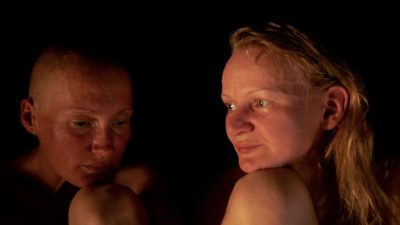
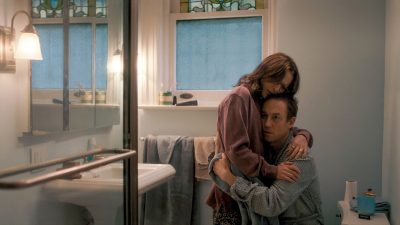
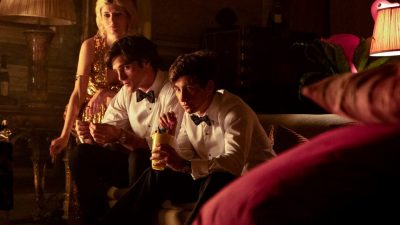
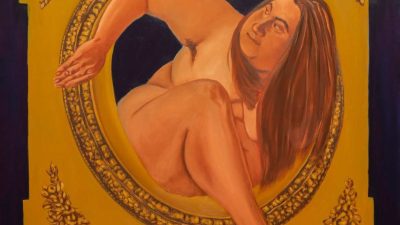
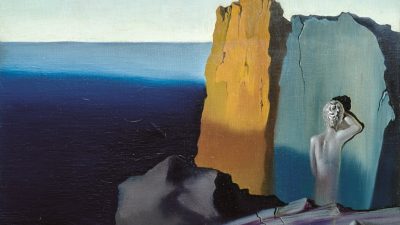
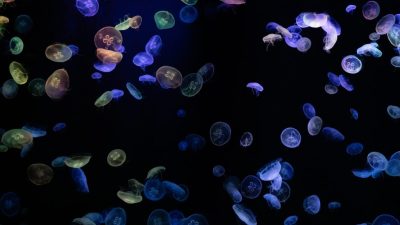


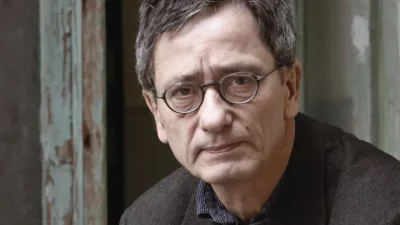



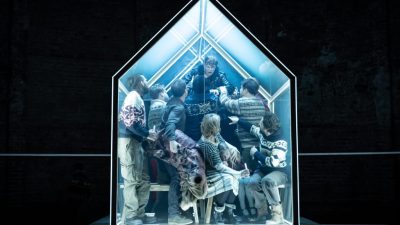






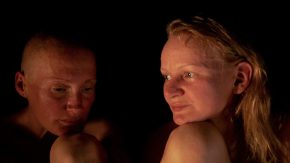


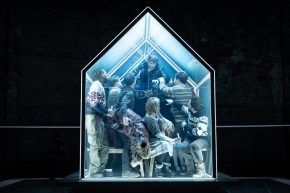


Comments